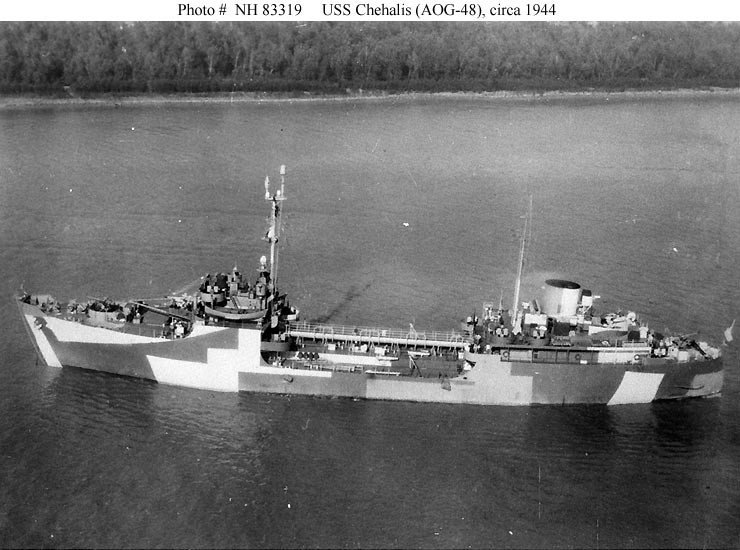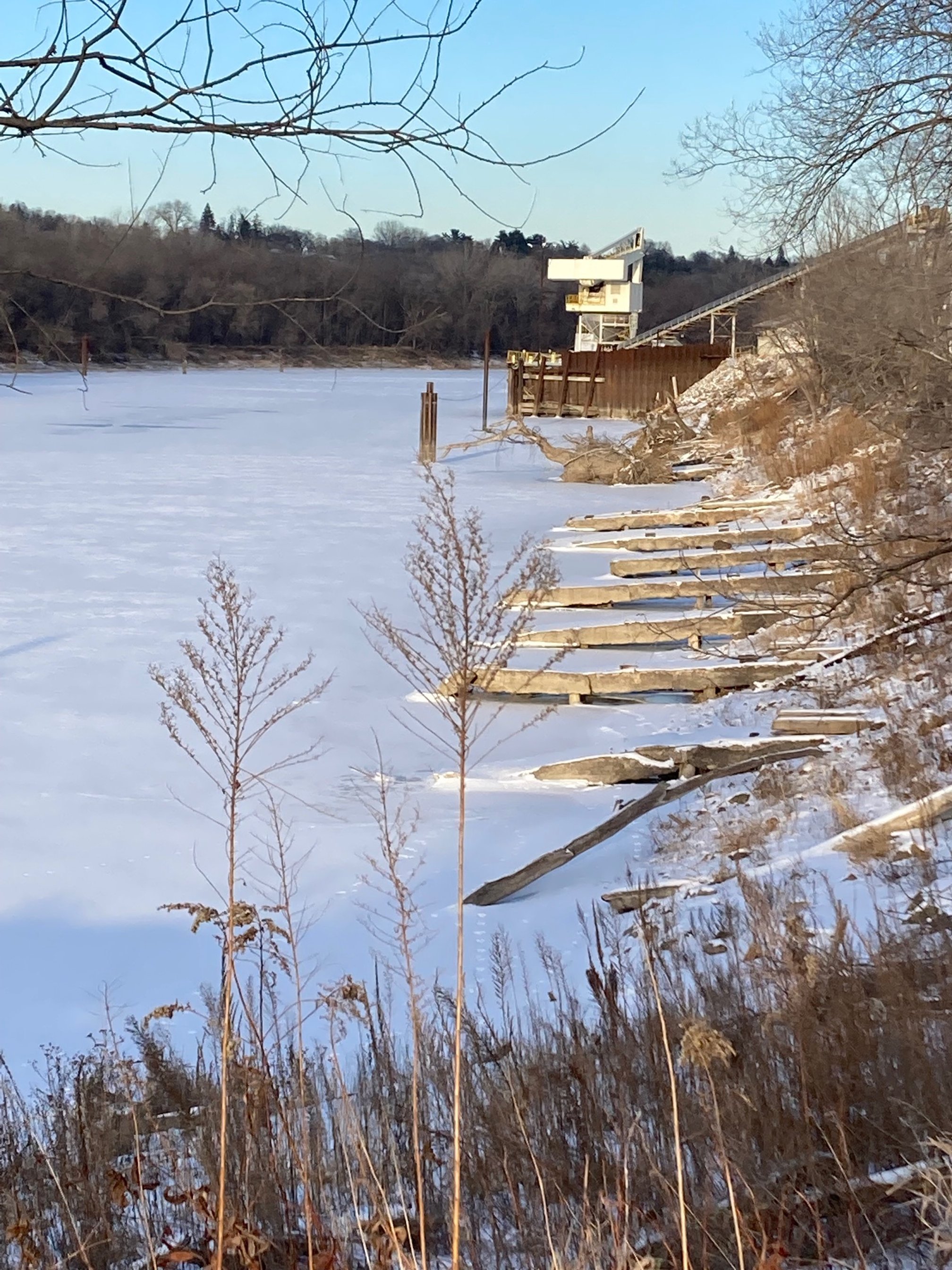Never Forgotten: Gerald Anderson, Part 3
Please Note: This blog post is an account of World War II, including violence, illness, death, and other themes that may not be suitable for younger readers. While these stories are an integral part of history, some of the following content may be slightly graphic in nature.
The following is an excerpt from “Never Forgotten: Stories by Scott County, Minnesota, WWII Veterans” by Tom Melchior. This is the story of Navy veteran Gerald Anderson, who earned a Baker Third Class ranking. As part of the Commissary Branch, bakers were responsible for all kinds of baking, operating ovens and other baking equipment, and setting up field ovens when ashore.
Gerald shipped out to the South Pacific, namely the Solomon Islands and what is now Papua New Guinea, aboard the USS Perida.
The temperatures were always over 100 Fahrenheit with about 85 Fahrenheit at night. At first, we slept on the ground, but later we got cots and even blankets. We burned a big pile of navy blankets because we had no use for them. Our tents would get ripped apart by shrapnel. Mostly we would put a new one right on top of the old one. Our bathroom was a tent with two sides, with seats, and a trough dug in the middle. We each carried our own paper.
We had earthquakes caused by the volcanoes. They rolled you out of your cot. Often our planes could not take off because of the violent shaking and rolling of the ground.
All doctoring and dentistry was done out in the open. The bread mixer flew apart and hit me in the face. The dentist put pegs in my front teeth. I had an awfully sore mouth for awhile. Our dentist, Dr. Mayerle of Chaska, just marvels that those pegs are still in place and are a very good fit. If you ever have watched MASH on television, that’s a pretty good example of what our hospital was like. I gave a direct blood transfusion one day to a man who had both legs amputated. I lay on a table with only a sheet between us. I never knew his name or if he survived.
There was nothing built when we got to Bougainville, so we started from nothing. Supplies came in on our ships, and we built everything with canvas and stakes. The galley had center pole and a roof, but no sides. The ovens were heated with a diesel generator. The galley was bombed away many times and rebuilt. We were all on C rations until we got it built again. The ovens in the pilot’s galley were electric. Sometimes supply ships were hesitant to come in because of the constant shelling from the hills. We would often not get the provisions when we needed them. I remember even being rationed on ammunition.
One morning when I was on my way to the bakery, the shells started coming in. I ran back, grabbed Frank, and dove into our foxhole right outside our tent, and saw our tent blown away. He would have been killed. Frank always said I saved his life.
The Japanese also came down to watch our movies when we had them, but the movies had to end because they made too easy a target.
I spent two Christmases on Bougainville and they were much like any other day. We did have a church service, although not regularly. A young Catholic priest led all the services for everyone. All attended, no matter what faith they were. That young priest was killed on Bougainville. Prayer was an important part of my daily life. I had then and still have a firm bond with my Lord.
During the entire time I was overseas, I saw only three women. One was a nurse, who came to pick up the wounded. I believe one of the wounded she came for was the man I gave blood to because I saw her there. The other two were with Bob Hope, who came to Bougainville around Christmas time to give us a show. I remember the protection he and his group were given. I guess it makes sense now, but at the time it made me angry. Machine guns were all around the stage pointing at our men! I never got to see the show, but we did feed them in the pilots’ galley.
Men reacted differently under fire and the continued stress. Many walked into the ocean or disappeared into the jungle. I saw them. It was hard to see. I carry those pictures in my mind. The officers tried to stop the suicides or spot the ones who were showing signs of snapping, but they didn’t always catch it.
There were quite a few little Koala bears. They were cute, lived in trees, and came down to steal food. There were also coconut rats everywhere. We hated them! There were coral snakes that lived in and around the coral. They were poisonous. Before we could swim in the ocean, they would spray the beach with fuel and ignite it to clear the beach of snakes. There were many mosquitoes. At first, we had nothing, only the ground to sleep on and no covering. Later, we did have netting to put over our cots. There were also many kinds of lizards. They did not bite, so we ignored them.
We swam sometimes on Sunday afternoons. We also had ball games on the strip. The other entertainment was Tokyo Rose over the loud speaker once that was in place. She told us what we were missing.
The pilots had a better diet than we did, more fresh fruit. They could sit down and eat. Whatever time they came in we fed them. We got to eat the same food they did. One of the pilots was gonna have a birthday and he wanted apple pie. He brought apples in from Australia. I did ride in the planes with the pilots many times. The pilots were not supposed to take me along, but they knew I could bake apple pies. I went with him over the island of Rabaul while he dropped his load of bombs. There was a seat in the back where I sat. This was a thrill I will not forget. I went with them on practice runs over our ships. We’d go up really high, so high you could barely see the ship, and then dive at it. The ship got bigger and bigger, and then the pilot pulled the plane straight up. I did get sick a couple of times when we got back, but I would do it again if asked.
We did get time off, and during that time we wrote letters and washed clothes. Letters were our lifeblood. Sometimes, it would be days and even weeks before we got mail. The letters we wrote were all censored before they left the island. When people got my letters, they would be cut up – a word here and there, or entire paragraphs. I always read all my other mail first and saved Ione’s till last. Her letters were so important!
Gerry got a 30 day rehab leave, his first in two years and four months, after serving 18 months on the islands.
When we were finally ready to make the trip home by train, I wore my dress blues. I was thinking I wanted the folks to see me as a sailor and accept me. I was always proud of the fact that I was in the U.S. Navy.
The feeling of “being home” was just as soon as I stepped onto American soil. My folks and Ione met me at the train depot. I remember sitting by Ione on the way home. It was, in a way, difficult to be home. I could not share any of my last two years. I did ask Ione to marry me, and we bought an engagement ring in downtown Minneapolis. When my 30 days were up, I was afraid to go back. I was sobbing like a baby when I walked away from the folks and Ione. I dared not look back.





